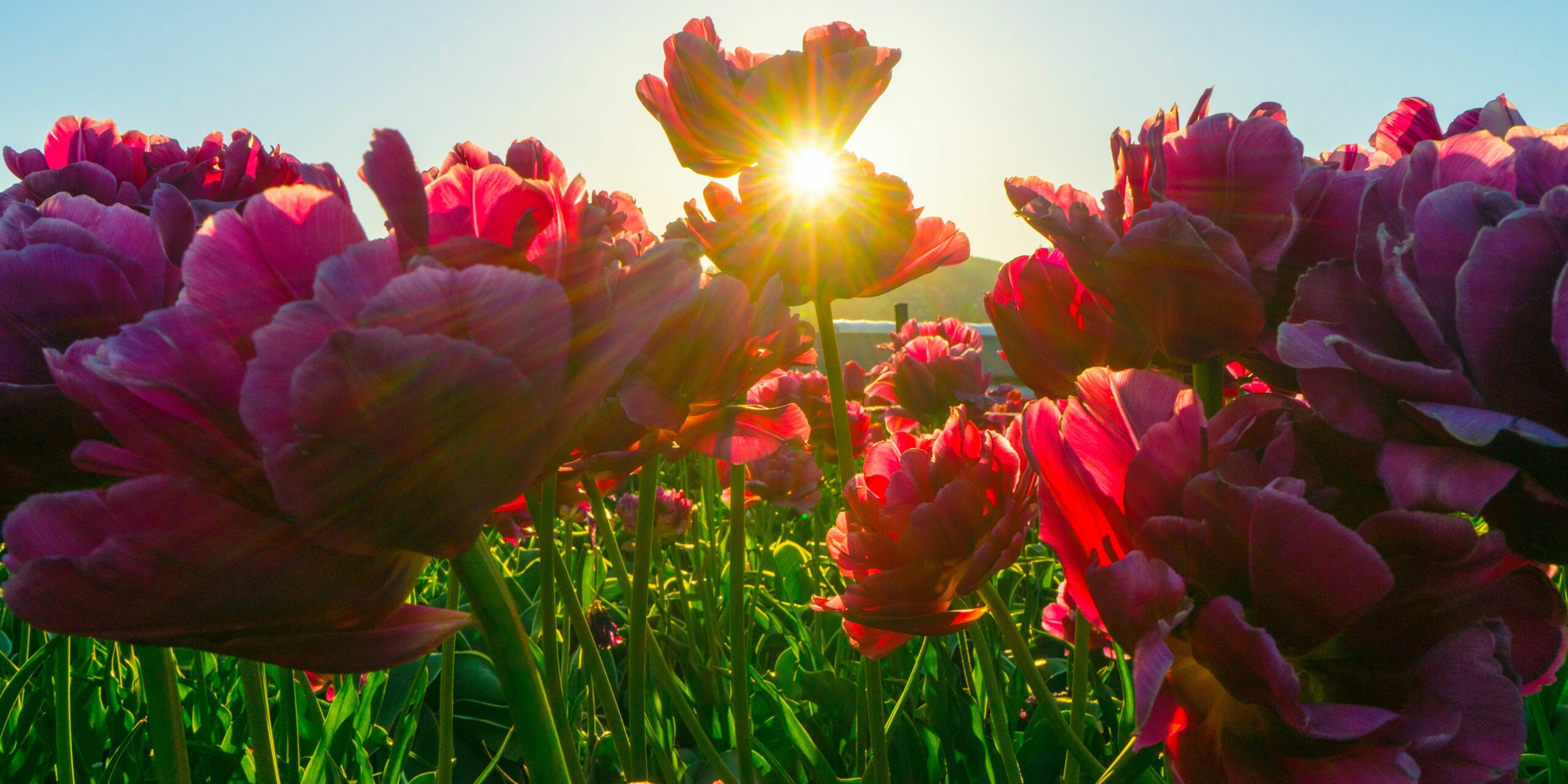How to Give Special Care to Plants During Hot Summer Days?
Hot summer days can pose many challenges to your plants. High temperatures, intense sunlight, low humidity, and pests can stress your plants and cause them to wilt, burn, or even die.
These simple steps protect the plants from the summer heat and keep them thriving.
6 Steps to Protect Your Plants from Summer Heat:
1. Watering

Watering plays a crucial role as plants tend to lose a lot of moisture during hot summer days through evaporation and transpiration. Wilting, drooping, yellowing, or curling leaves, dry or cracked soil, and reduced flowering or fruiting are some signs that the plants need watering. Water the plants deeply and thoroughly during the early morning or late evening hours, when the sun is not too strong and the soil is cool, otherwise, it can scald the leaves and roots.
2. Adjusting the sunlight

Plants need some extra protection from the harsh summer sun, therefore, provide them with shade and ventilation. Use umbrellas, shade cloths, screens, and trellises, or put them under shady trees to provide shade. Move the potted plants indoors during the hottest hours of the day. Spacing the plants properly, and using fans or blowers can ensure ventilation and help to keep the plants cool. However, over-shading should be avoided, as they still need some sunlight for photosynthesis.
3. Mulching

Mulch is an organic or inorganic material such as straw, wood chips, bark, gravel, or compost that is spread on top of the soil around the plants. Mulching conserves moisture in the soil, this helps the plants to cope with the summer heat by reducing evaporation. It also regulates the soil temperature, prevents erosion, and makes the soil nutrient rich. Apply a 2–4-inch layer of mulch around the plants, leaving some space around the stems or trunks to avoid rotting.
4. Pruning

Pruning removes leaves, stems, flowers, or fruits that are dead, diseased, damaged, or unwanted. It not only helps improve the appearance of plants but also stimulates new growth and flowering. It should be done in early summer or late spring before the heat becomes too intense. Pruning the plants during the hottest months or when they are stressed by drought could be fatal.
5. Fertilizing

Fertilizing adds nutrients to the soil and enhances the growth and development of plants. However, it should be avoided during summer as fertilizing too much or too often can harm the plants by burning their roots or foliage or making them more vulnerable to pests and diseases. But fertilizing the plants with a balanced organic fertilizer or compost once a month during summer is sufficient.
6. Protecting the plants from pests and diseases

Pests and diseases thrive in warm and humid conditions and are a common problem for plants during summer. Some of the common pests and diseases that affect plants during summer are aphids, spider mites, whiteflies, caterpillars, powdery mildew, rust, blight, and rot. Inspect the plants regularly for signs of infestation or infection, and remove any affected parts. Spray them with neem oil, soap solution, or other fungicides to kill pests. Maintain good hygiene, ventilation, and sanitation around the garden to keep the plants healthy and happy.
Here are some other blogs which make your Green Space Greener!
- Gardening Calendar Blogs
- Sustainable Gifting Ideas
- Gardener Stories
- Garden Care Blogs
- Miniature Garden Decor
- Gardening Workshops
Have a look at some amazing Videos of Gardening that might help you!
- Tips on planting homegrown plants and creating art with them as a beginner.
- How to preserve, plant, and grow flower seeds in monsoon, winter, and other seasons.
- Growing different vegetables, winter vegetables especially, and tips and tricks to preserve.
- Preserving fruits such as strawberries, Papaya, watermelon, muskmelon, etc.
- Know all about microgreens using examples such as microgreen spinach, microgreen sunflower, microgreen mustard, microgreen flax, etc.
- Using gardening tools such as pots, trays, growing bags, moss sticks, watering cans, etc.
Here are some Workshops that might help you if you are new to Gardening!
- Grow your own Winter garden.
- Know more about Winter Vegetables and learn to grow them at your home.
- Watch our workshop on Winter flowers and flowering plants.

